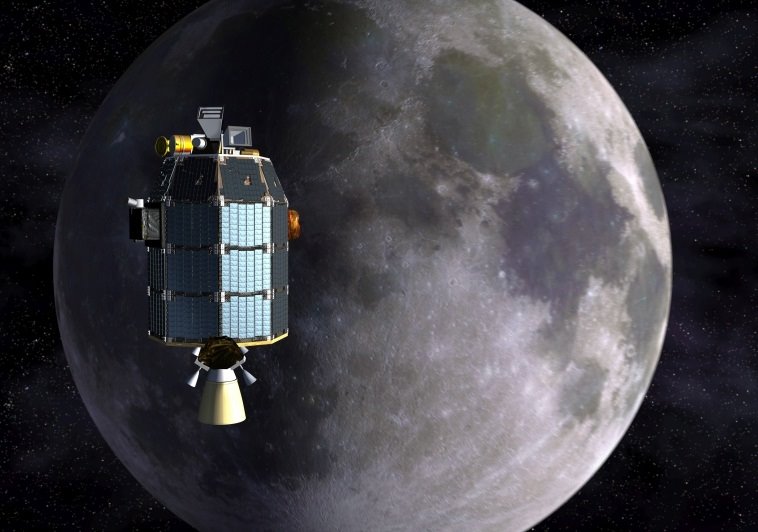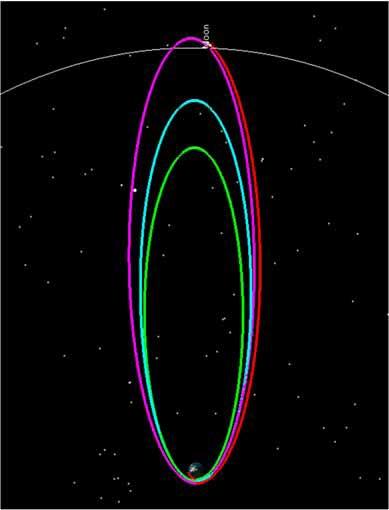
NASA’s $280 million Lunar Atmosphere and Dust Environment Explorer mission, or LADEE, is well on its way to the Moon after the compact car-size spacecraft encountered a minor problem after launching into the night sky off Virginia’s coastline last Friday.

The spacecraft, which launched atop an Orbital Sciences Corporation Minotaur V rocket from NASA’s Wallops Flight Facility, began tumbling due to a power surge after separating from its launch vehicle. The power surge caused LADEE’s computer to shut down the wheels which the spacecraft uses for stabilization and control—the spacecraft cannot carry out its mission without them. The computer performed the shut down as a fail-safe to prevent LADEE’s wheels from over-revving, and engineers have since disabled the computer’s fail-safe system in order to regain control of the Moon-bound spacecraft.
“The initial checkout flight procedure is progressing,” said S. Pete Worden, Center Director at NASA Ames Research Center in California. “The reaction wheel issue noted soon after launched was resolved a few hours later. The LADEE spacecraft is healthy and communicating with mission operators.”
The spacecraft will not fly straight to the Moon like the astronauts from the glory days of Apollo, but will instead circle the Earth on three increasingly distant laps before going into lunar orbit on Oct. 6. Those astronauts who ventured to our closest celestial neighbor noticed a mysterious glow during lunar sunrise over the Moon’s horizon.
NASA/Ames has overall responsibility for the operation of the LADEE spacecraft, while NASA-Goddard carries oversight of the scientific sensors and technology payloads. The latter includes an experimental laser communications (or “lasercom”) terminal, known as the Lunar Laser Com Demo (LLCD), which will transmit and receive data as pulses of light from three ground stations. The 844-pound spacecraft measures 7.7 feet tall by 4.7 feet wide by 4.7 feet deep and will be powered by 30 panels of silicon cells on its exterior faces, together with a lithium-ion battery pack. LADEE completed the bulk of its pre-launch checkout earlier this year, with final thermal vacuum chamber tests conducted at NASA-Ames in April. The spacecraft was delivered to Wallops for final processing in early June. Encapsulated within its 7.7-foot-wide payload fairing, the spacecraft was stacked atop the Minotaur V on Aug. 27. As mentioned earlier, launch occurred at the opening of the launch window, Friday, Sept. 6 at 11:27 p.m. EDT.
Want to keep up-to-date with all things space? Be sure to “Like” AmericaSpace on Facebook and follow us on Twitter: @AmericaSpace
Missions » LADEE »




One Comment
One Ping
Pingback:Ahoy From LOI: NASA’s LADEE Spacecraft Enters Lunar Orbit « AmericaSpace